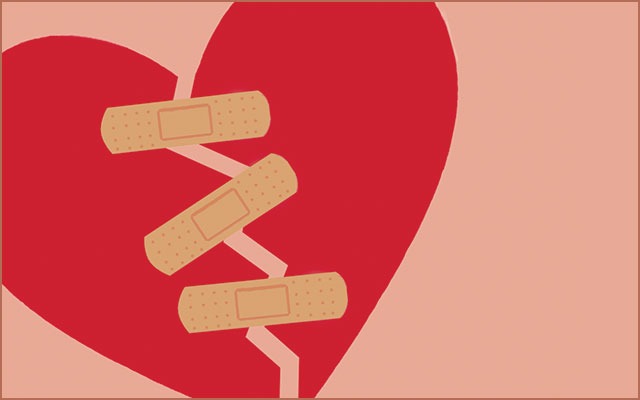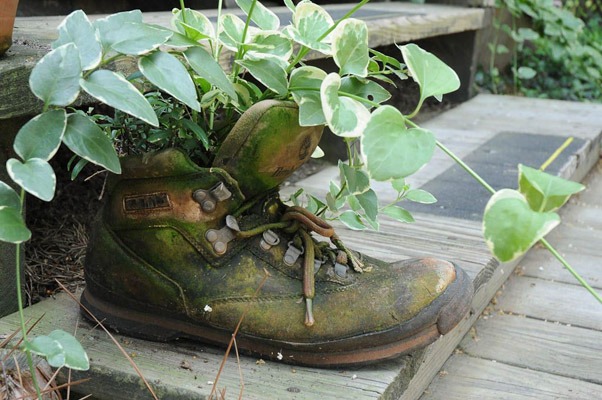Living with Pain: Lean into it

Most of what I write about in this blog is derived from the science of pain management. But, I also find lessons about coping with pain in daily life. Those lessons often correspond to science-based recommendations. Today I want to talk about something I have learned through spin class. If you are an indoor or an outdoor cyclist, someone may have suggested that you “lean into it” when the pedaling gets tough. The first time I heard a spin class instructor use that term, I thought she only meant something about posture: hinge at the waist, push your bottom back, relax your shoulders, use your core to power through. Soon, I realized that leaning into it is a mindset as well. Stay calm and quiet and let your inner strength be revealed.
What does this have to do with chronic pain management?
When you have something that just needs to get done (even though you have pain) or when you have severe pain or breakthrough pain, you may benefit from the concept of leaning into it. Let’s talk a bit about the three components of leaning into it (as defined by me) and how they may be useful for chronic pain management:
Notice Your Body
Notice what you do with your body when you are in pain. You may have the tendency to be stiff and tense. You may hold the part that hurts in one position – an attempt to guard your body. Tense and tight muscles and guarding can aggravate pain. Generally, you may do better to try to release the tension in your body while making sure you have good alignment and that you move around as much as possible.
Stay Calm
When pain is especially rough, it is natural to feel anxious and afraid. However, a state of anxiety will tend to make your pain feel even worse and make it harder to function.
Practicing relaxation on a regular basis will help you to achieve a calm state quickly during difficult pain episodes. Five minute relaxation sessions once or twice a day will help you learn to switch on relaxation as needed.
Let Your Mind be Quiet
In cycling, the harder it gets, the quieter and more focused the mind becomes. If you are having severe pain or you need to focus on completing a task or activity while in pain, let your mind be quiet. Alarming or depressing thoughts make dealing with pain much more difficult. Of course, your mind is never empty of thought. Practice letting thoughts come and go without judging them or engaging them. Allow yourself to simply be mindful of the present and your task at hand.
Lean Into It
Be aware of your body so that you will learn what your body needs when you are in pain. What is the best way to stand, to sit, to move, to rest? Stay calm. Allow your mind to be quiet. Let your inner strength power you through…
————
About the Author. Dr. Linda Ruehlman is a social/health psychologist and researcher, co-founder of Goalistics, and director of the Chronic Pain Management Program, an interactive site that helps people with chronic pain to manage their pain and live richer, more effective lives as well as Think Clearly about Depression, a self-management program for depression.
DISCLAIMER: This blog is provided as an educational and informational resource only. It is not intended nor implied to be a substitute for professional psychological or medical advice. FacebookTwitterPinterestEmailCopy LinkShare
PainPathways Magazine
PainPathways is the first, only and ultimate pain magazine. First published in spring 2008, PainPathways is the culmination of the vision of Richard L. Rauck, MD, to provide a shared resource for people living with and caring for others in pain. This quarterly resource not only provides in-depth information on current treatments, therapies and research studies but also connects people who live with pain, both personally and professionally.
View All By PainPathways






